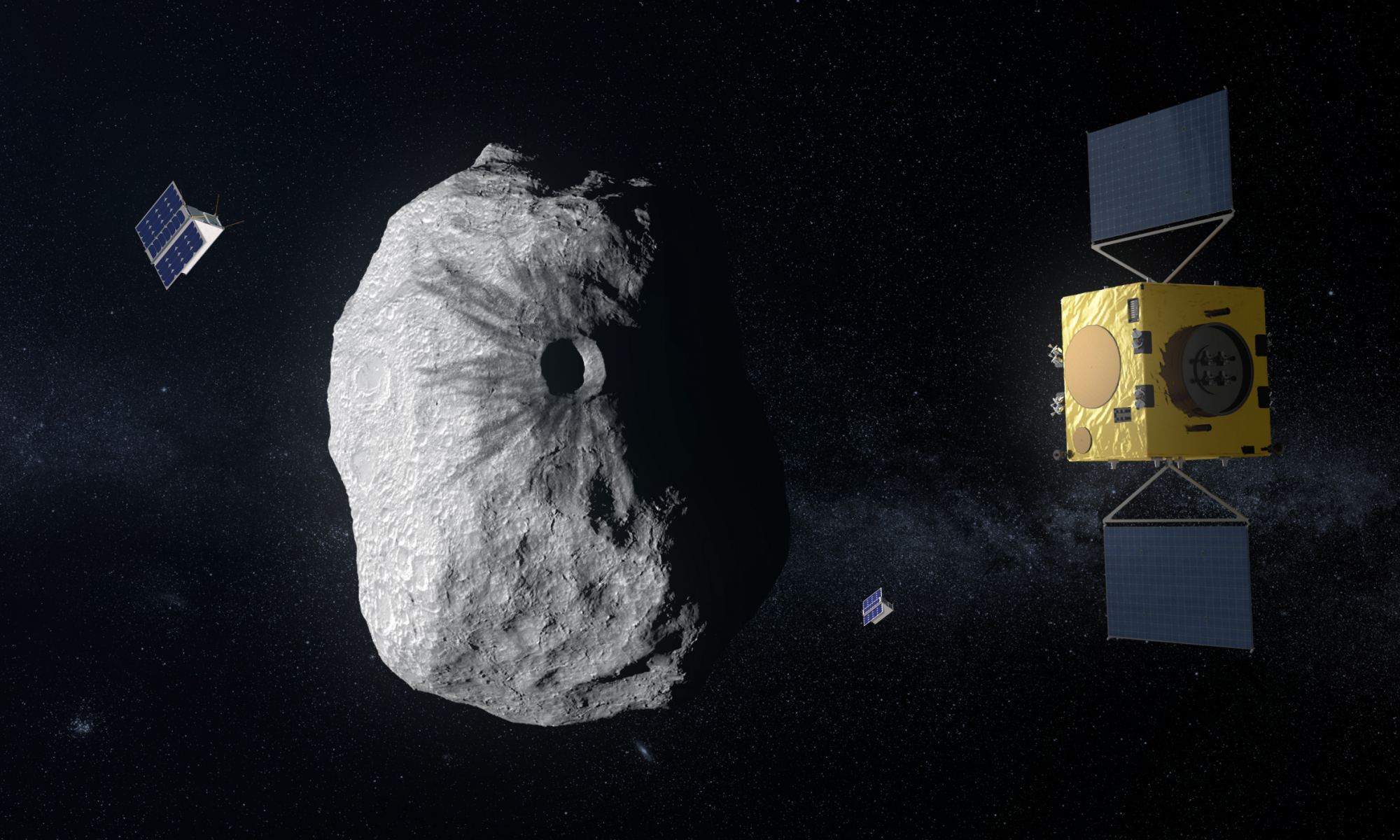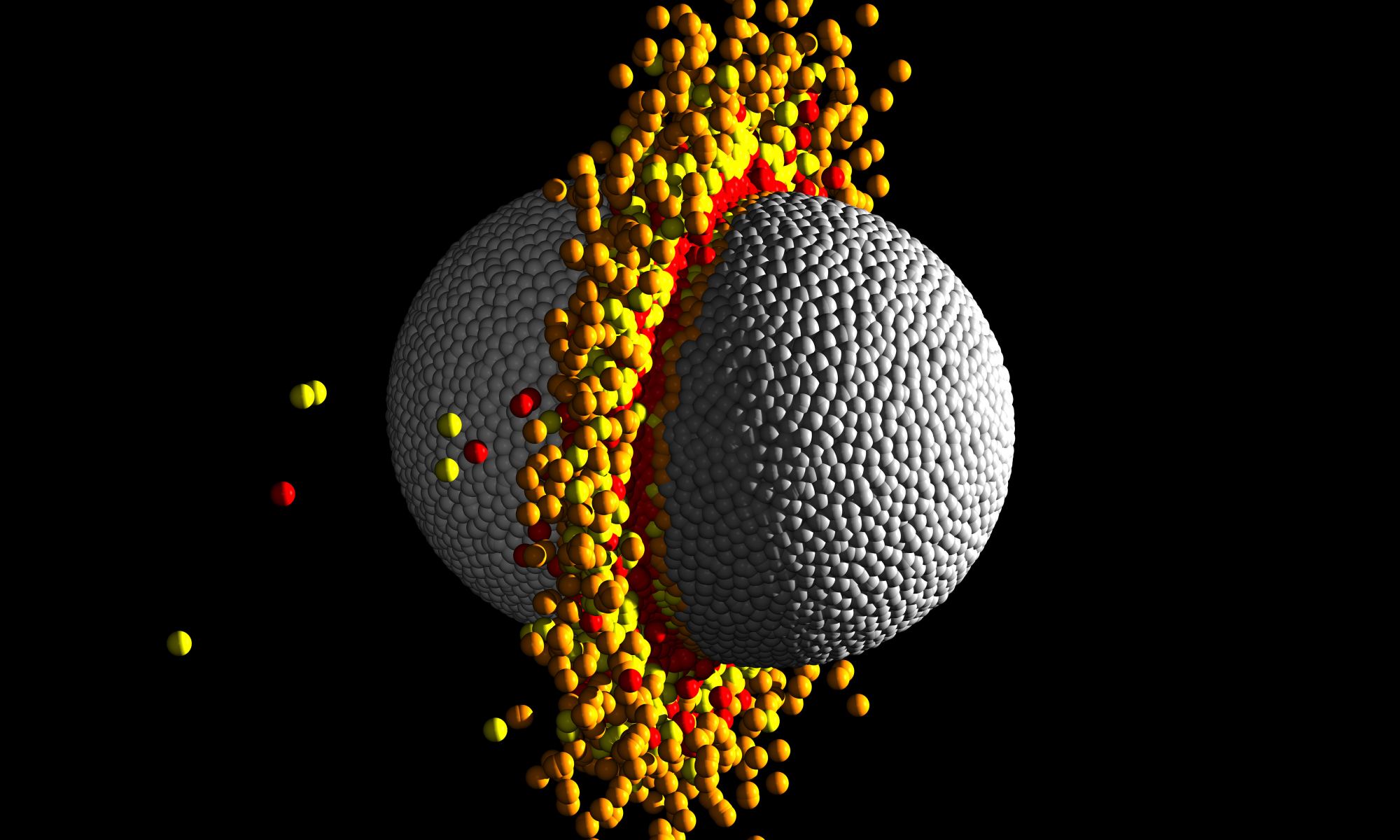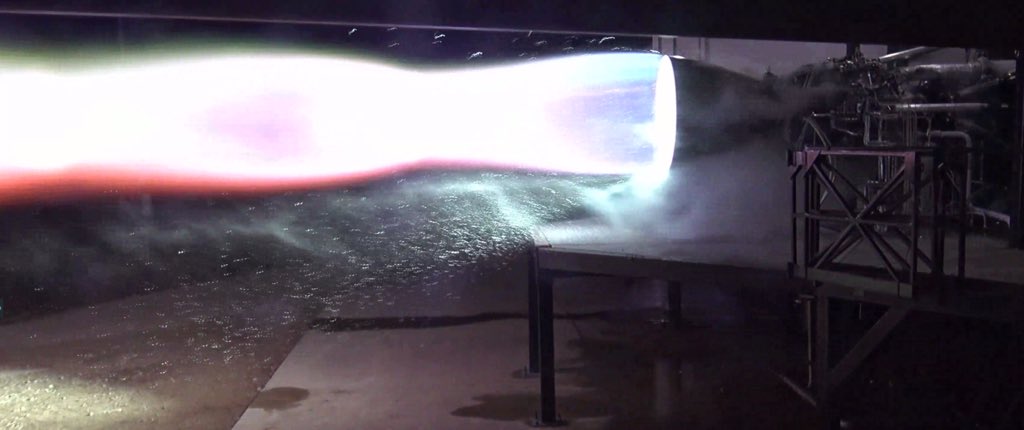For some small minority of humans, Death By Asteroid is a desirable fate. The idea probably satisfies their wonky Doomsday thinking. But for the rest of us, going out the same way the dinosaurs did would just be embarrassing. Thankfully, the ESA’s Hera mission will visit the smallest spacerock ever, and will help us avoid going the way of the dinosaurs.
For added kicks, it will forestall the happiness of any over-earger doomsday cultists, and the rest of us can revel in their existential anguish.
Continue reading “ESA is Planning a Mission to the Smallest Spacerock Ever Visited: the Moon of an Asteroid”







